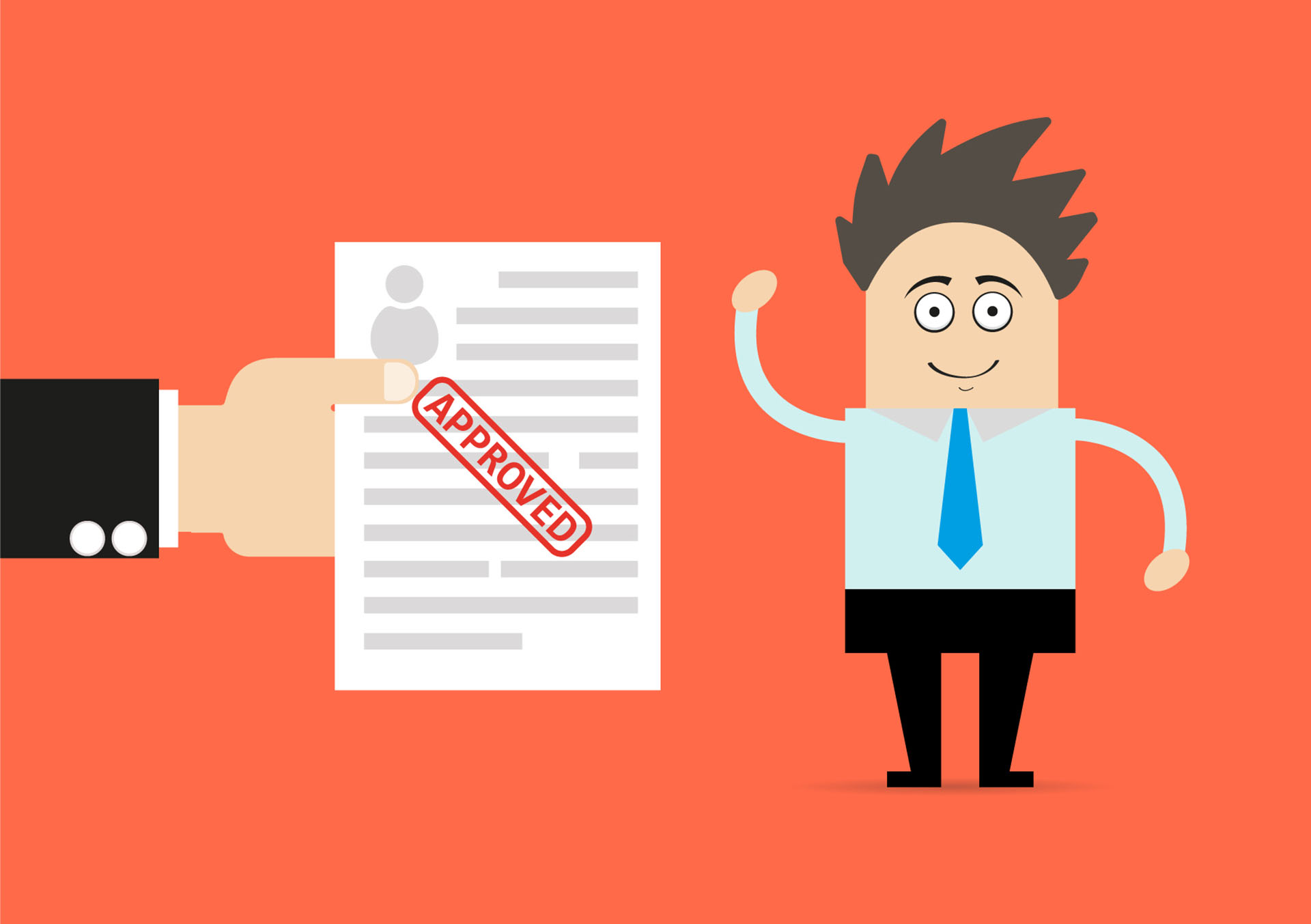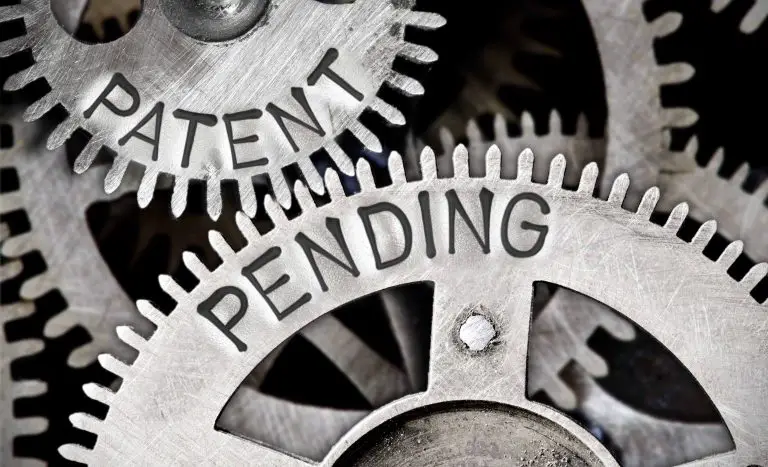How to File a Patent?
If you’re like many inventors out there, you’re probably working on your invention or you’ve completed working on it and you’re wondering how to prepare and file your patent application with the USPTO. If that’s you, you’ve come to the right place as we will discuss what you need to do to prepare and file your patent application with the patent office in the US.
How to File a Patent?
According to the USPTO, the best and most cost-effective way to file a patent application is to utilize the USPTO EFS Website to submit a patent application online. Choosing to not file a patent application electronically comes with a hefty fee of $400 to file a paper application.
That said, prior to filing a patent application, an inventor should perform several steps to avoid problems down the road.
Here is a summary of the things that you should have prepared prior to filing a patent application with the USPTO:
- Choose the patent that’s suitable for your invention
- Document work on your invention
- Keep your invention secret
- Hire an attorney
- Conduct a prior art search
- Prepare your patent application
- File your application with the Patent Office
- Periodically check the status of your patent application
One: Choosing the Right Type of Patent
Before an inventor files a patent application or even begins preparing one, he should choose the appropriate type of patent for his invention. The USPTO currently offers three types of different patent applications: utility patents, design patents, and plant patents. We will explain the type of invention that these patents protect below.
Utility Patent
Utility patents protect the function of an invention. That is, utility patents protect how to make an invention, as well as how the invention works or achieves its purpose. Utility patents do not protect the appearance of an invention unless the appearance is in itself functional. Utility patents last for 20 years.
Design Patent
Design patents protect the aesthetics or appearance of an invention. Said differently, they protect how an invention looks, such as an invention’s design or the appearance of product packaging. Design patents do not protect how an invention works. Design patents are good for 15 years.
Plant Patent
Plant patents protect new asexually reproduced species of plants. Plant patents, like utility patents, offer 20 years of protection and only protect new species of plants. Plant patents make up less than 1% of all applied for patents at the USPTO.
Two: Document Work on Your Invention
Documenting all of the work that you’re doing to create your invention is very important because it helps you establish evidence that you are indeed the original inventor of the invention.
We know that taking notes while making your invention is time-consuming but may prove to be very important for protecting your intellectual property rights if your rights are ever challenged by someone else.
Also, taking copious notes will assist your attorney is understanding how your invention works, as well as how to make your invention. If your notes are good enough and help your attorney save some time preparing your invention, you may be able to save some money on attorney fees.
Three: Keep Your Invention Secret
Keeping your invention secret is of utmost importance and we’ll explain why. The United States requires inventors to file a patent application with the USPTO within 12 months of publicly disclosing their invention, offering it for sale, or selling it.
That said, the U.S is lenient in that it offers a 12 month grace period for inventors to file their patent application because other countries don’t offer a grace period to inventors who publicly disclose their invention, instead, they consider the invention as public and therefore unpatentable.
So, if you want to patent your invention in countries other than the US, make sure that you keep your invention secret until you’ve filed a patent application in each country where you want to protect your invention.
In most countries, once you’ve filed a patent application, you can go ahead and discuss your invention publicly. That said, it’s best to consult with your attorney prior to disclosing your invention.
Four: Hire an Attorney to Conduct a Prior Art Search
Prior to preparing a patent application, an inventor should consult with an attorney and conduct a prior art search. A prior art search is a search for inventions that are the same as or similar to the one that an inventor is seeking to patent.
A prior art search usually starts by searching the internet for similar inventions, then proceeding to search patent databases, such as the USPTO Patent Database and other international databases of internationally patented inventions.
Once these two searches are conducted, a patent attorney will typically then move to search science journals that are related to the field of the invention you’re seeking to patent.
If an attorney wants to get into more detail, he can dive into engineering archives that are related to your invention and search those, as well. But, typically, that’s as deep as attorneys will go when conducting a prior art search for an invention.
Five: Prepare Your Patent Application
Once you’ve conducted a prior art search and the search did not reveal anything that prohibits you from patenting your invention, your attorney will probably begin preparing a patent application for your invention.
Preparing a patent application is the most important and time-consuming task in the process of patenting an invention. It’s important because the quality of your patent application will determine the quality of protection that you receive from your patent.
The broader and stronger the application, the more control an inventor will have over his invention. As such, it’s important for you or your attorney to take the time to draft a strong patent application.
Some inventors choose to patent their invention on their own to save money and this means drafting either a provisional patent application to quickly obtain an early filing date for the invention or drafting a regular, nonprovisional patent application.
A provisional patent application (PPA) is used by inventors to obtain a priority date for an invention. Obtaining an early priority date (filing date) is important in the US because it has a first to file rule that awards a patent to the party that first files a patent application for an invention.
The first to file rule can be illustrated by the following example. If you invent something first and two years later, Inventor B invents the same invention but files a patent application first, inventor B will be awarded a patent and you will not even though you made the invention first.
This is so because inventor B filed a patent application first. As such, if you have an invention, don’t sit on it for too long because if you do, someone else might file a patent application for it at the patent office, barring you from patenting the invention even though you invented it first.
That said, you should not prepare a patent application on your own if you do not have the expertise to do so. We acknowledge that you can save a ton of money by preparing the application on your own, but you’re sacrificing the quality of the patent you may get by doing so.
If you don’t have the money to hire an attorney, you may choose to go with a patent agent. Patent agents can assist inventors with all aspects of patenting their invention at the USPTO.
Six: File Your Patent Application
Once you’ve prepared a strong patent application, it’s time to file it with the USPTO. Filing a patent application can be done online. If you’ve hired an attorney, your attorney can file your patent application online for you.
Filing a patent application is the cheapest way to do so. Filing a paper application comes with an additional hefty fee of $400. So, get to a computer and file your patent application electronically.
At the time you file your patent application, you need to pay the application filing fee, as well as other patenting fees, such as the patent search fee and patent examination fee. You may liable for additional fees depending on your application, so please check the USPTO website for fee information prior to filing a patent application.
Unfortunately, if you want to file a patent application for free, you cannot because the patent office does not provide free services, however, they do offer discounted rates for small inventors.
Seven: Periodically Check the Status of Your Patent Application
Once you’ve filed a patent application, it’s imperative that you periodically check the status of your patent application. The USPTO will update the status of your application at each step of the process.
You need to make sure that the patent office has everything they need to process your application. Periodically checking the status of your application will ensure that you reply to the patent office in a timely manner.
If the patent office needs additional information or needs you to make any changes, amendments, or additions to your application, you will know to do so by checking the status of your application.
You can check the status of your patent application by following these steps:
- Heading over to https://uspto.gov
- Clicking on patents
- Select patent application status from the drop-down menu
- Clicking on private PAIR to public PAIR to track the status of your application
- Once you’ve performed these steps, you will see a ton of relevant information, such as:
- Name of your invention
- Examiner name
- Invention class
- Status of your application
- History of actions performed on your application
Should You File a Patent Application?
If you have an invention that you know you can profit from, you should go ahead and contact a patent attorney to assist you with patenting your invention.
Filing a patent application to patent your invention is worth it for inventors who have an invention that is commercially viable. Obtaining a patent allows a patent holder to control who uses, makes, and sells his invention.
For example, if you have a new type of nail clippers that make cutting nails easier and quicker, patenting is a great option.
This is so because a patent on such a product allows an inventor to stop others from using, making, selling, and importing the patented product to the United States for a limited period of time.
This limited period of time is 20 years for utility patents and begins the moment an inventor files a utility patent application with the patent office.
How Long Does it Take to Get a Patent Application Approved?
According to data from the USPTO, it currently takes 24 months for the patent office to either approve or deny applicants’ patent application. The 24 month time period begins at the time an applicant files his or her nonprovisional, regular patent application with the USPTO.
If an inventor wants to obtain a patent more quickly, he can use the Track One Service, which is a service offered by the USPTO that promises to either grant or deny a patent application within 12 months of an applicant filing a nonprovisional utility patent application. Applicants have reported obtaining a utility patent under Track One in as little as 6 months.
That said, if you’re applying for a design patent, the patent office offers a similar service for design patent applications. The service is known as Rocket Docket and it promises to either grant or deny a patent application within 12 months, however, applicants have reported obtaining a design patent in 4 months using this service.
Patent Rebel Frequently Asked Questions (FAQs)
1) How much does it cost to file a patent application?
The cost to file a patent application is different from one inventor to another. Expect to pay approximately $1000 in patenting fees when you submit your patent application.
2) Can I file a patent application on my own?
Absolutely, anyone can file a patent application and they do not need to be represented by an attorney. However, the USPTO strongly recommends that applicants hire an attorney to prepare and file a patent application on their behalf.
3) What are the two main types of patents?
The two main types of patents sought after at the USPTO are utility patents and design patents. Utility patents protect how an invention works and design patents protect how an invention looks. So, know which type of patent you need before applying.
How to File for a Patent?
You can file for a patent by preparing a patent application, uploading the required information and documents to the USPTO website, paying the applicable filing fees and patenting fees, and submitting your application. If you have any general questions or comments, please feel free to leave them in the comments section below.







